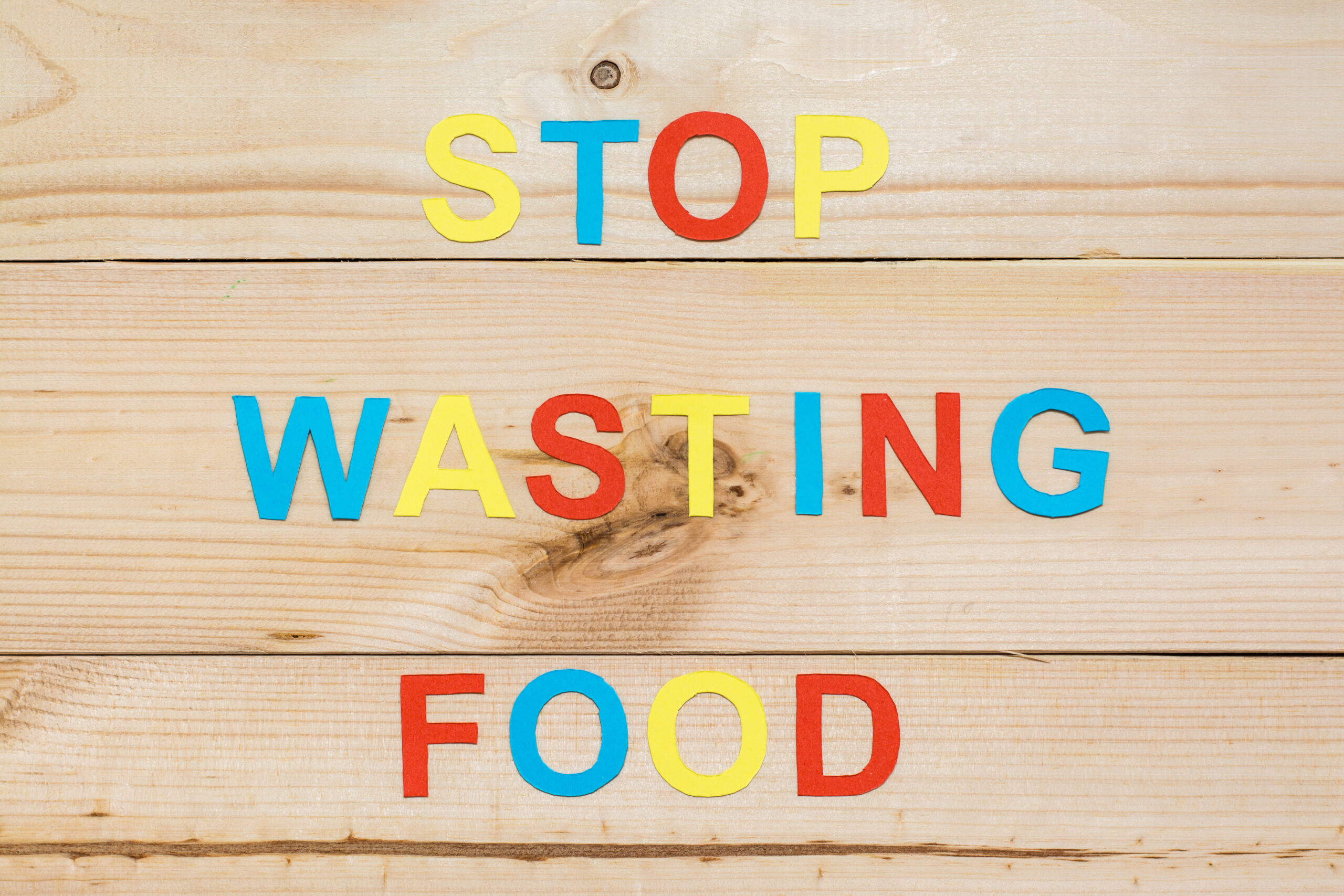Flashfood, a Toronto, Canada-based startup, is making it easier for consumers to save on groceries while simultaneously preventing unbought food from ending up in landfills. With skyrocketing grocery prices brought on by pandemic-driven inflation, Flashfood is offering a solution that is lighter on the consumers’ wallets and better for the planet. So, how does Flashfood work?
Once users download the Flashfood app, they can see which grocers in their area have partnered with the startup. Once they select the store, they can see which foods are nearing their expiration dates, and because of that, are heavily discounted. Users can purchase a variety of foods — including meat, produce, bakery items, dairy products and non-perishable items — directly through the app. Once ordered, items are ready for pickup in designated in-store Flashfood zones.
Flashfood has partnered with around 1,200 supermarkets across the US and Canada, with the company expecting to double that number in 2022. It is part of a group of startups — such as Misfits Market, Imperfect Foods and Too Good to Go — that are making landfill-bound foods cheaper for consumers. For these companies, the goal is to make sales while also trying to make a dent in the global food waste problem.
Related: This Software Company Helps CPG Brands Manage Excess Inventory
But just how much food goes to waste from grocery stores? The US Department of Agriculture (USDA) estimates that about 31 percent of food in American grocery stores is thrown away. Retail stores generate about 16 billion pounds of food waste each year, equivalent to $161 billion worth of food. Moreover, food waste contributes to around 11 percent of the world’s greenhouse gas emissions, according to Feeding America.
That’s where Flashfood comes in. The items sold through the app are typically around half off the regular price, incentivizing consumers to take an extra step by using the app before grocery shopping. Fruit and vegetable boxes, which range from $5 to $10, are in high demand, along with meat. Some users even treat the app like a game, scrolling for the best deals.
The gamification approach may not work for all consumers, though. With convenience as a top priority for many consumers, the extra step may not be worth it for them. At the same time, consumers are also becoming more environmentally conscious. According to a survey from Pricewaterhouse Coopers (PWC), about half of respondents consciously consider factors related to sustainability when making purchasing decisions. To cater to both types of consumers and those that overlap, Flashfood is exploring expanding payment options and adding a delivery option to make the process more convenient.
The idea of marking down items that are nearing the end of their shelf life is not a new one. Many grocery stores have implemented clearance isles or shelves to sell such food. But discounting prices in a more strategic way is something most retails must take the initiative to do themselves. When they partner with Flashfood, they share the revenue but ultimately save on the cost of wasted food.
To date, the company has accumulated $4 million in funding from various investors and venture capital firms. Flashfood is available at select retailers, including Meijer, Giant, Price Rite and Martin’s, among other American and Canadian retailers.












Join or login to leave a comment
JOIN LOGIN